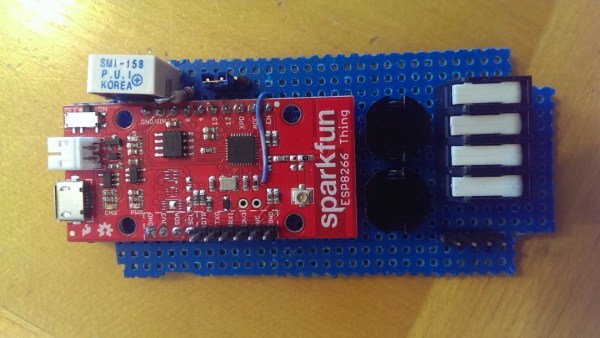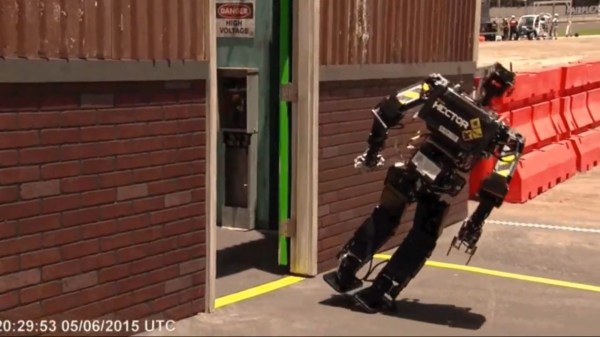Dutch security conference! It’s called hardwear.io, it’ll be in The Hague during the last week of September, and they have the CTO of Silent Circle/Blackphone giving the keynote.
Baltimore’s awesome despite what the majority of the population says, and they have a few hackerspaces. One of them has an Indiegogo going right now to save the space. Want a tour of the space? Here you go.
[Fran Blanche] made it on to the Amp Hour. Included in this episode are discussions about the boutique guitar pedal market and the realities of discarded technology that took us to the moon.
Speaking of electronics podcasts, SolderSmoke is 10 years old now.
TARDIS-shaped guitars are nothing new, but [Gary] from the LVL1 hackerspace in Louisville, KY is making an acoustic one. The neck is, of course, taken from another guitar but the entire TARDIS-shaped body is custom-made. Now do resonance calculations on something that’s bigger on the inside.
Think German-made means German quality? [AvE], [Chris], or whatever we call him did a teardown of a Festool Track Saw. It’s a thousand dollar tool that will start to stink in a few years and has bearings that don’t make any sense.
Love 8-bit? There’s a Kickstarter from 8-bit generation for a documentary about the love, loss, resurrection and continuation of old computers. Dozens of very interesting interviews including one from our own [Bil Herd]























